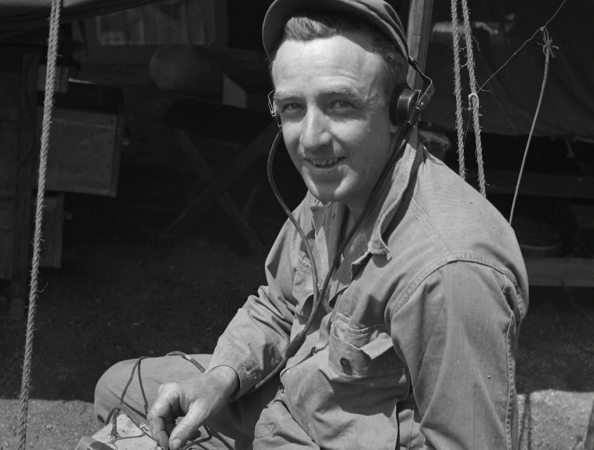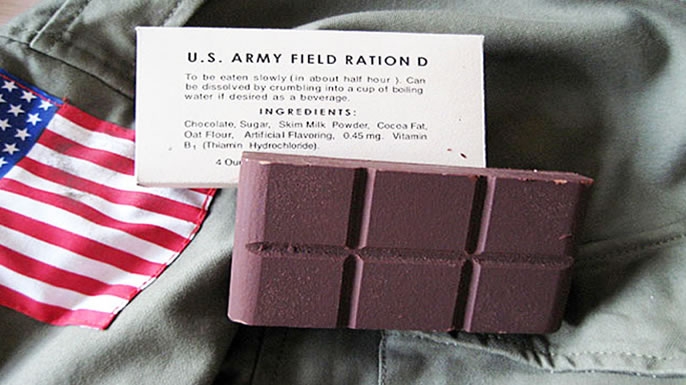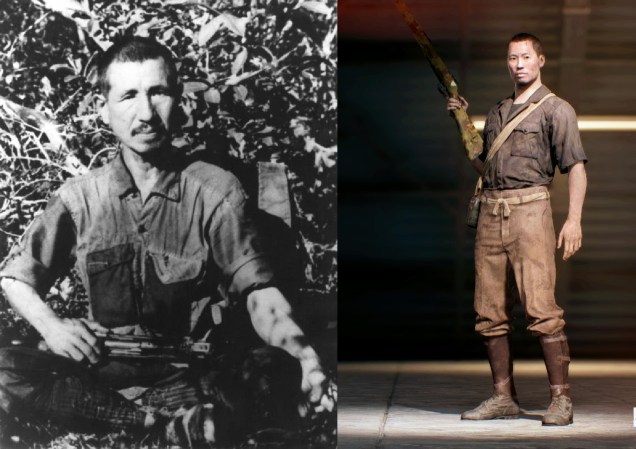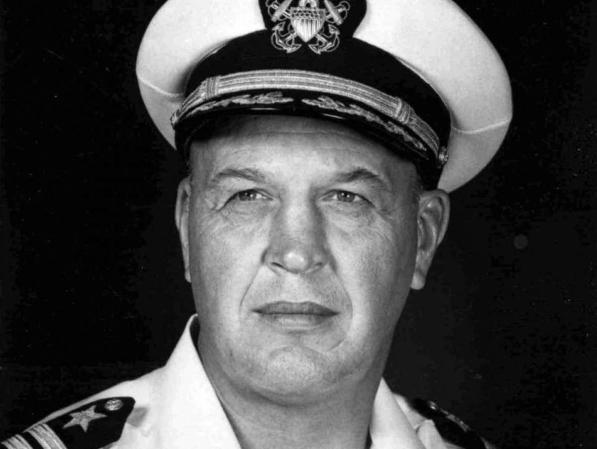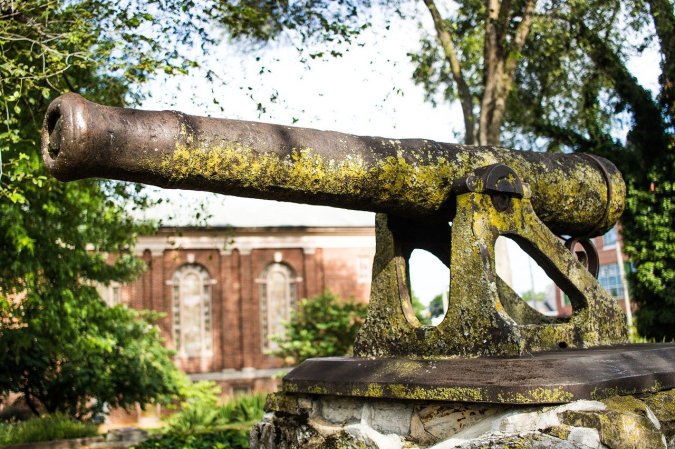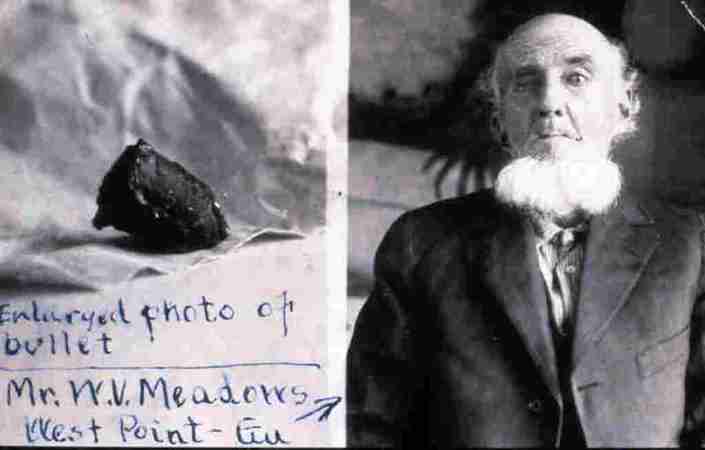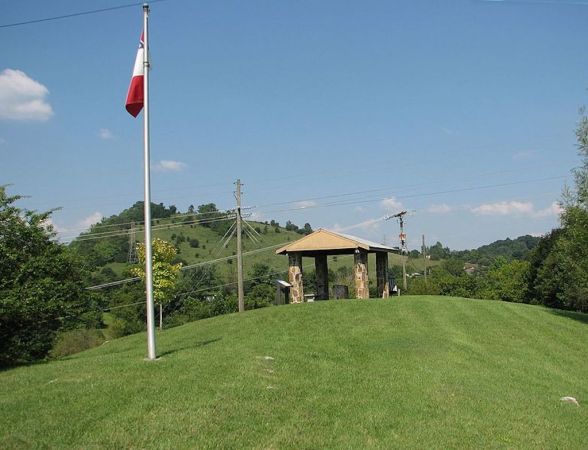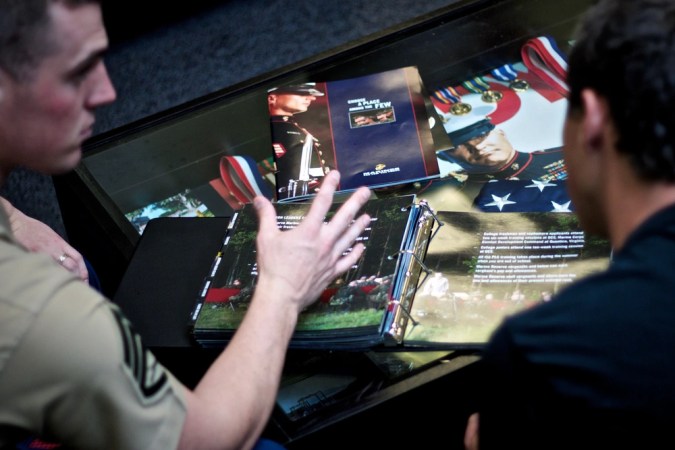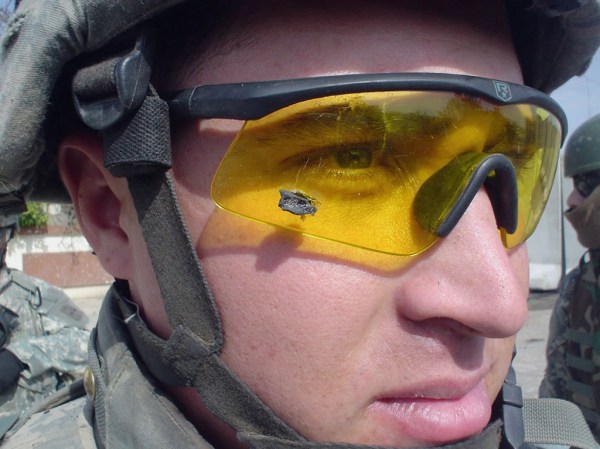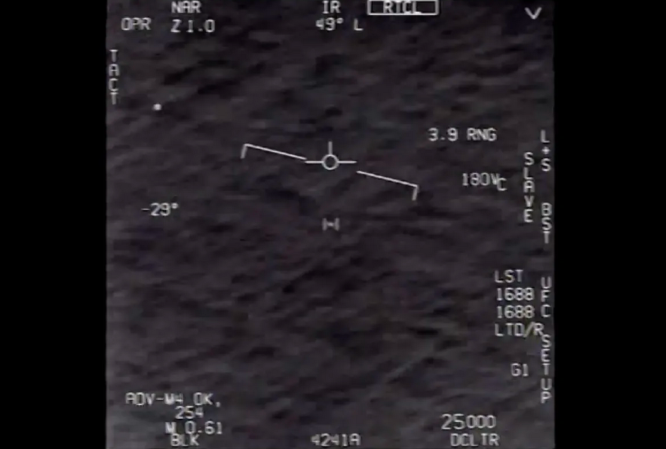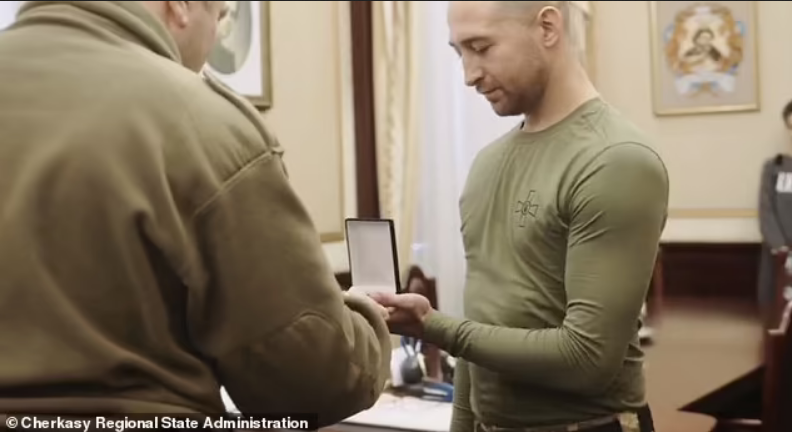Paddle steamers are usually associated with 19th century cruises on the Mississippi river. Modern representatives like the Mark Twain Riverboat at Disneyland preserve this quaint and picturesque scene in American culture. However, during WWII, two side-wheel paddle steamers found themselves in a very different type of scene. Desperate for more ships, the Navy converted these two-paddle steamers into aircraft carriers.

To be fair, these makeshift flattops were not truly weapons of war. Unlike purpose-built aircraft carriers like USS Hornet (CV-12) and USS Lexington (CV-16), the steam-powered carriers lacked armor, a hangar deck, elevators and weapons of any sort. Additionally, the flight decks built on top of the steamers were shorter and lower than regular carriers. However, the converted carriers weren’t built for combat; they were built to train aviators.

In 1942, the Navy purchased the side-paddle steam cruise ships Seeandbee and Greater Buffalo. The Great Lakes passenger ships were acquired as a cost-saving measure to build trainer aircraft carriers for flight students at the Naval Air Technical Training Center.
Both ships were stripped of their superstructures and luxury cabins during the Navy refit. To become aircraft carriers, the steamers were fitted with a bridge island, arresting cables, and of course, a flight deck. Seeandbee’s flight deck was made of wood while Greater Buffalo’s was made of steel. Following their refit, Seeandbee and Greater Buffalo were renamed USS Wolverine (IX-64) and USS Sable (IX-81), respectively.
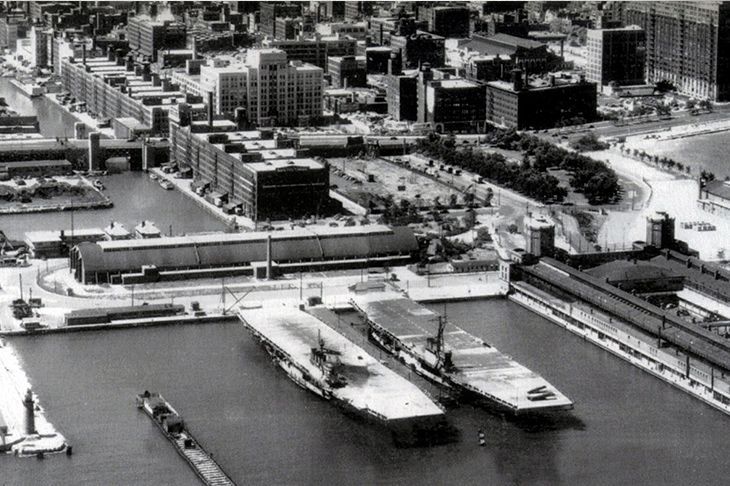
Supporting NATTC training, Wolverine and Sable moored at and operated from Chicago at what today is known as Navy Pier. Wolverine began her training duty first in January 1943. Sable followed in May that same year. Together, the Great Lakes carriers were nicknamed the “Corn Belt Fleet.”

Pilot training on the carriers took place seven days a week. They provided critical training to thousands of naval aviators and a smaller number of Landing Signal Officers. One of these naval aviators was future president George H. W. Bush, who trained on Sable.

After WWII ended, the need for the Corn Belt Fleet had run its course. In November 1945, Wolverine and Sable were decommissioned, struck from the Navy register, and sold for scrap.
Together, the two ships trained 17,280 naval aviators in 116,000 carrier landings. They remain the only freshwater, coal-driven, side-wheel paddle steam aircraft carriers used by the Navy.

Feature Image: U.S. Navy photo





